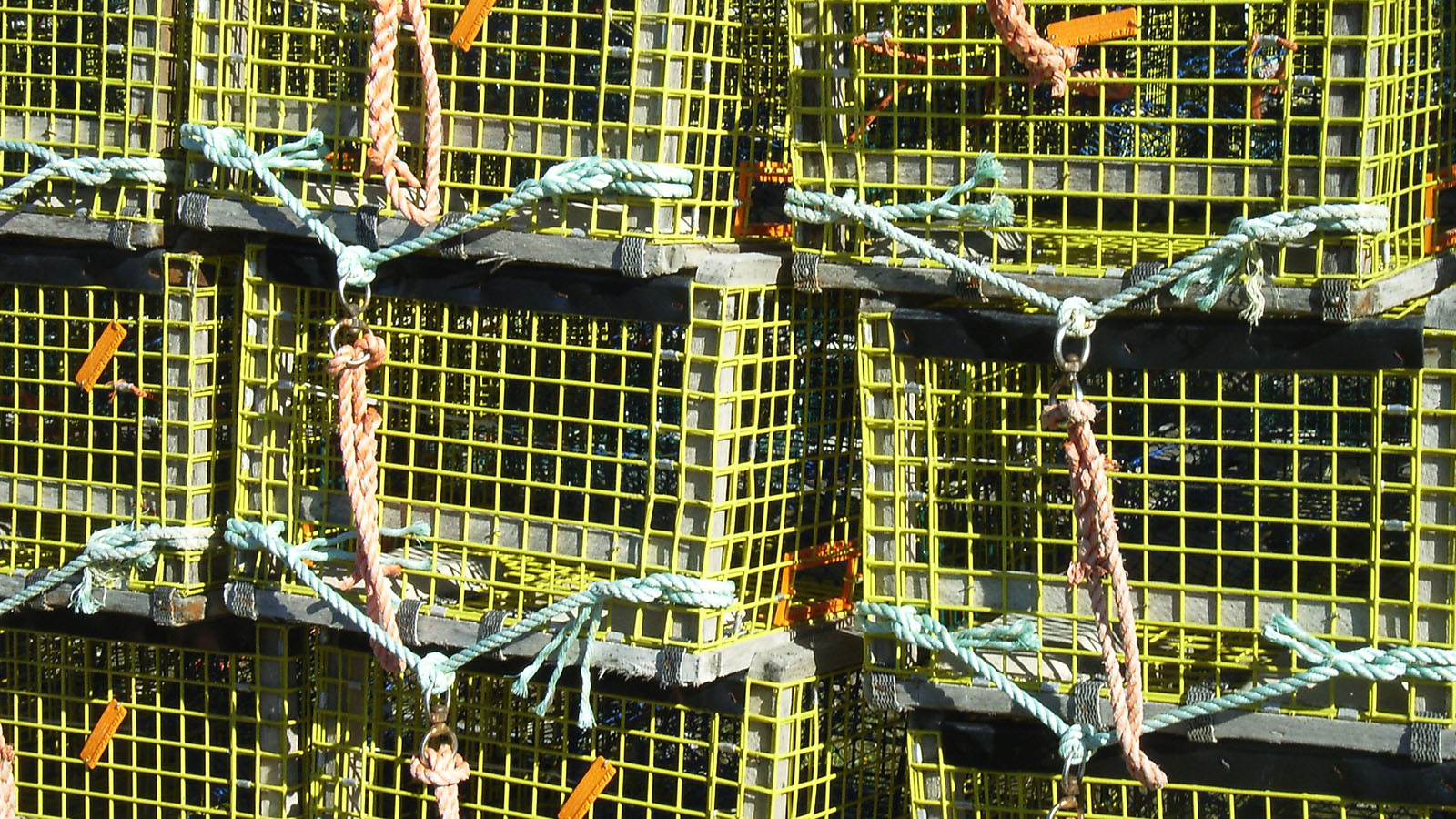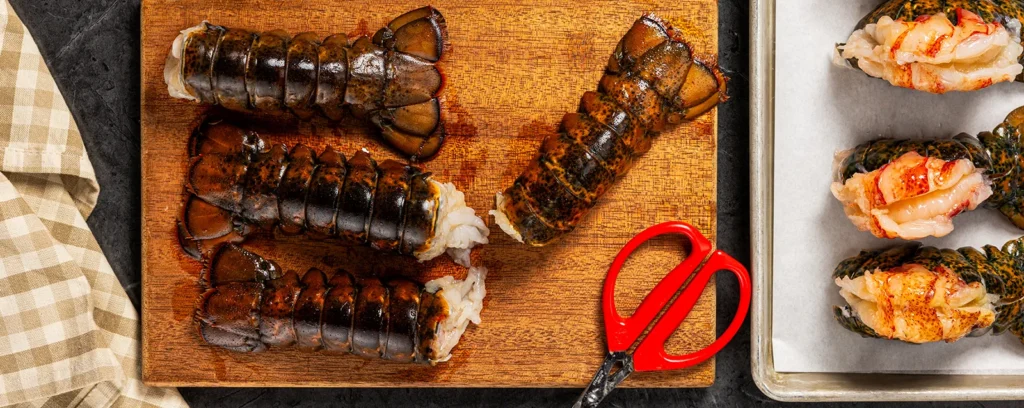
Some Interesting Creatures that get Stuck in Lobster Traps
If you have an interest in Maine lobster fishing, you might be wondering what other creatures might wander into a lobster trap. Simply put, anything that’s big enough to fit inside a lobster trap (also called a lobster pot) can end up stuck – but some ocean animals and certain species of fish are more prone to it. Before we dive into what can get stuck in lobster traps, we must understand how lobster traps work.
How Does a Maine Lobster Trap Work?
The typical lobster trap works by allowing lobsters to enter through the net “head,” which is the entrance to the “kitchen.” Not surprisingly, the kitchen is where the lobster will find the bait, typically herring, however, some lobster fishermen use other types of fish. When the lobster attempts to exit the kitchen, it ends up in the “bedroom.” The trap is constructed so that each compartment the lobster enters gets smaller and smaller, making it nearly impossible for the lobster to go out the way it came in. Lobster traps are designed to only allow lobsters of the correct size to remain trapped. These conventional lobster traps are designed with an escape vent that allows smaller lobsters to leave. But anything larger, whether a lobster or not, will be stuck. All of these other creatures are known as bycatch.
What Is Bycatch?
Sometimes, fishermen may catch animals other than lobsters in their lobster traps. Any non-target species they catch, do not want, cannot legally keep, or cannot profit from being discarded. What is caught is known as bycatch. Typically bycatch consists of fish, but can extend to other ocean animals. Bycatch typically dies due to injuries suffered from being caught unintentionally. Marine ecosystems suffer as a result. What fishermen can and cannot do with bycatch depends on what is caught. Regulated and/or protected species cannot be used for commercial or any other purpose. Other forms of bycatch, if lawfully harvested, are encouraged to be used through the 2016 National Bycatch Reduction Strategy. By doing so, fishermen can help reduce the extent of bycatch and boost economic benefits within the fishing industry. In Maine, some of the common species found in lobster trap bycatch are sea raven or longhorn sculpin. Here are some other common (and dangerous) fish that often get stuck in lobster traps:
Black Sea Bass
These aggressive fish can get caught in lobster traps; this is especially concerning because the black sea bass eats lobsters. “Black sea bass love little lobsters,” declared Michael Armstrong, assistant director of the Massachusetts Division of Marine Fisheries. A lobsterman named Wayne Lacono shared that he’s seen as many as five black sea bass stuck inside a lobster trap, and yes, the larger ones do attempt to eat the lobsters inside the trap.
Cunner
A bycatch monitoring listed the cunner fish as the most prevalent bycatch in the lobster fishery in LFA27 from May 15 to July of 2018. Most cunners live within five to six miles of shore. They eat both plant and animal matter, including small lobsters and shrimp.
Rock Crabs
Crabs are also caught in lobster cages, especially rock crabs – native to Maine waters. The rock crab is the most common crab commercially caught in Maine. Rock crabs were historically unuseful bycatch, however, in recent years, lobster fishermen have been keeping these crabs and using them to supplement their income.
The Lost Lobster Traps
Lobster traps that have been disconnected from their lines, or wrap, are irretrievable. When they remain on the ocean floor, the result often leads to “ghost fishing.” Ghost fishing is when lobsters, other crustaceans, or fish get caught in idle lobster traps. There may be a significant cost to lobster fishermen in the lobsters that remain in these abandoned traps, not to mention the cost of replacing the missing gear. The good news is that in Maine, most areas require that lobster traps have a biodegradable “ghost panel,” which will degrade and release lobsters or bycatch trapped in unretrievable traps.
One Last Thing
In April 2023, on a Monday afternoon, Captain Cameron Pease and his stern man noticed something snagged in his buoy line. After cleaning up the mysterious object, it was revealed to be a five-foot rocket weighing about 150 pounds. He was able to contact the Maine State Police Bomb Squad via a local warden to defuse the rocket before it detonated. After doing some research, Pease believes the rocket is a high-velocity aircraft rocket most likely dating from World War II. This may be the most unusual thing caught in a lobster trap or its rope, but every day fishing for lobster could bring a new surprise. At ShopLobster, we ensure that all of the sources we use for our live lobster fish are ethical and responsible for limiting the environmental impact of lobstering. We also take pride in ensuring that no unexploded rockets end up on our customers’ tables! To learn more or find your next lobster meal shipped alive directly to your door, visit our Store today!
Share News
Similar Topics
How to Cook Live Lobster at Home: Easy Step-by-Step Guide
Leave your thought here
Your email address will not be published. Required fields are marked *
[formidable id=3]



